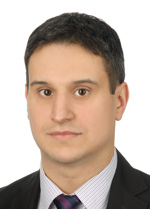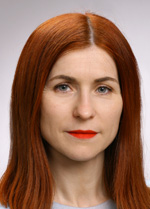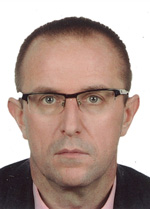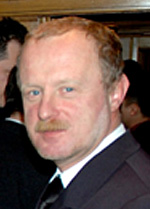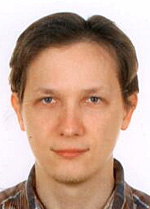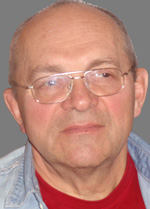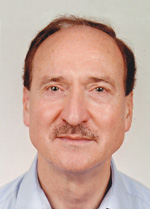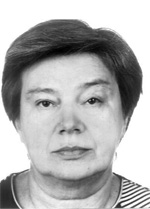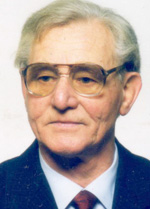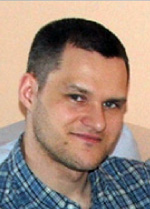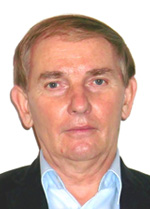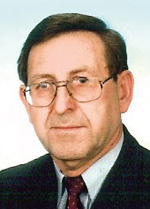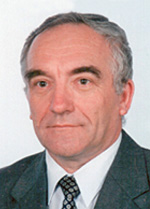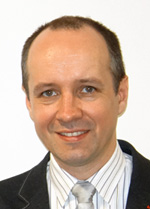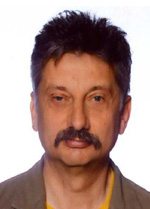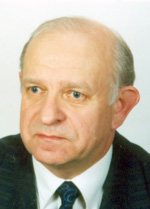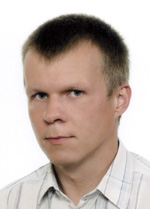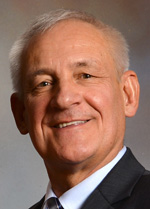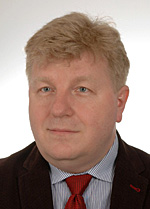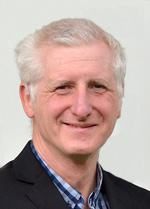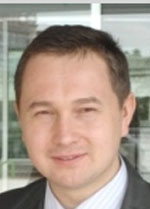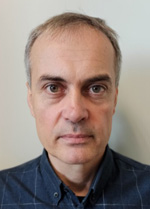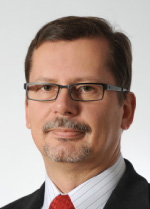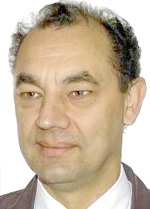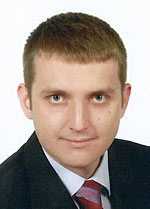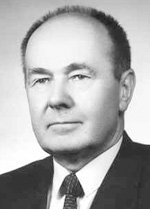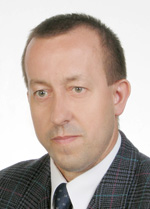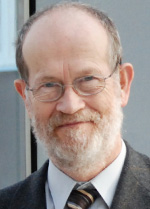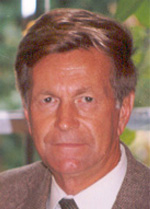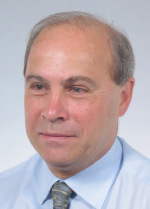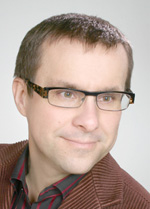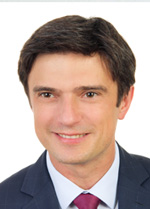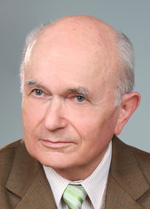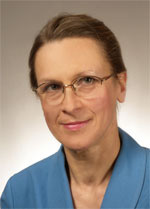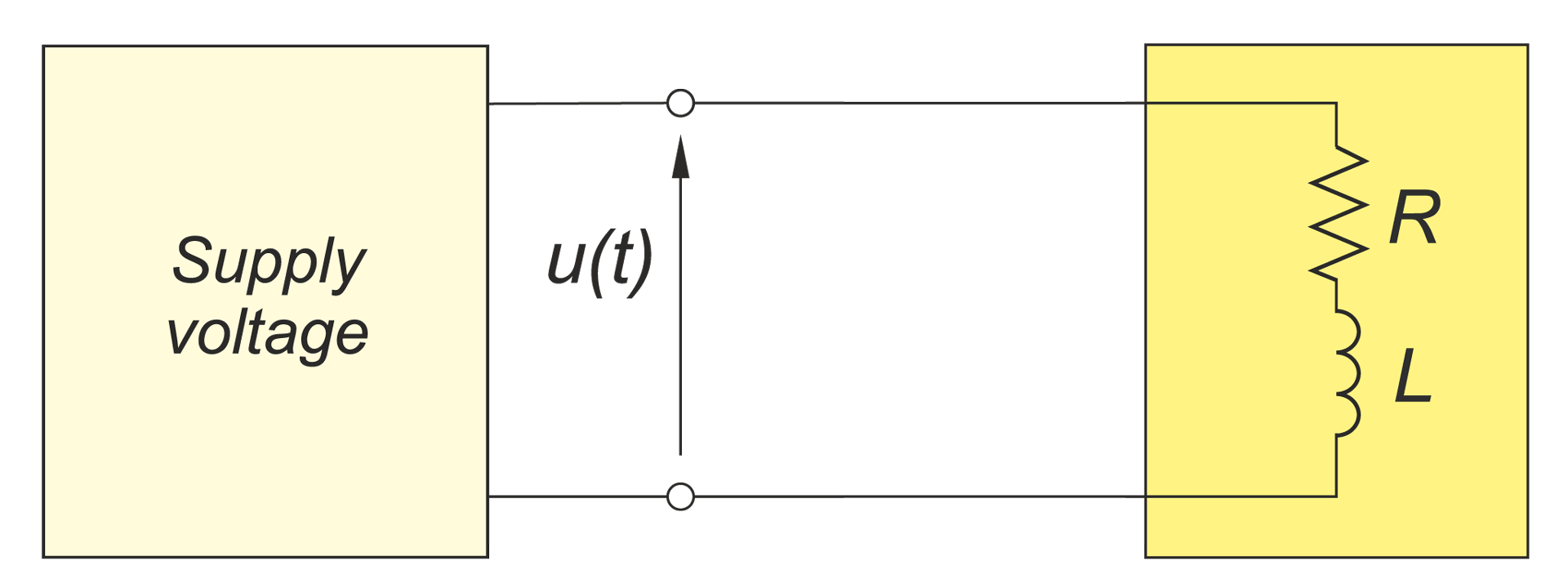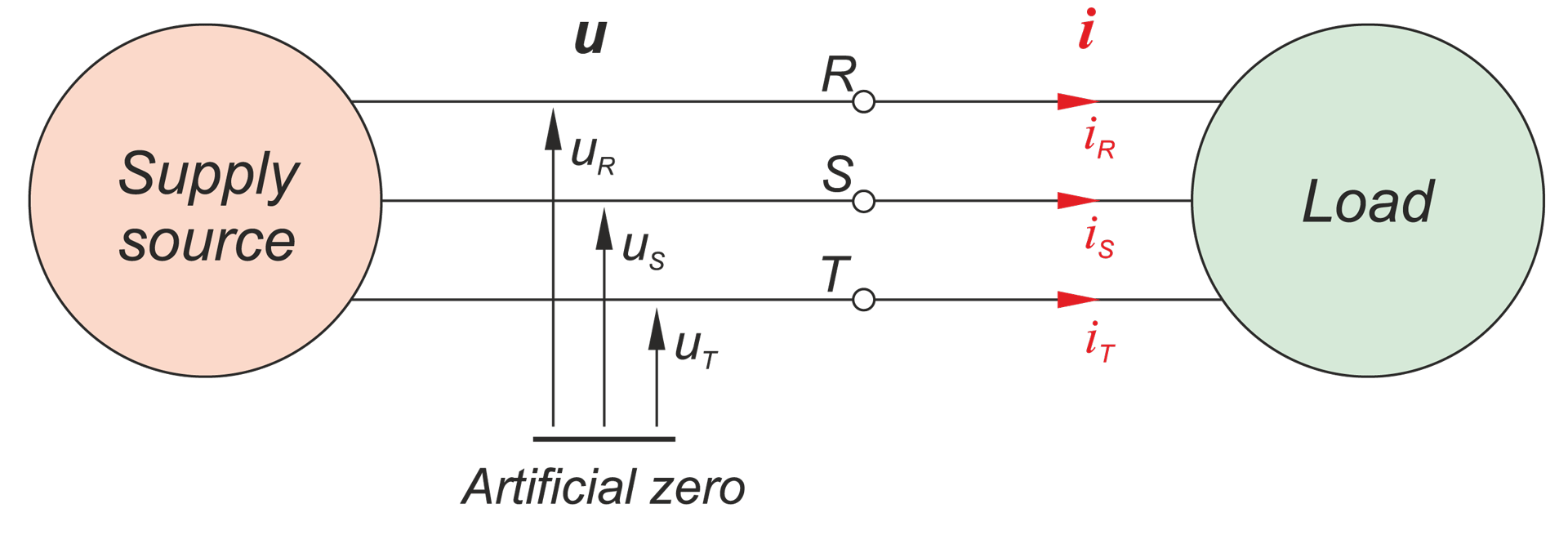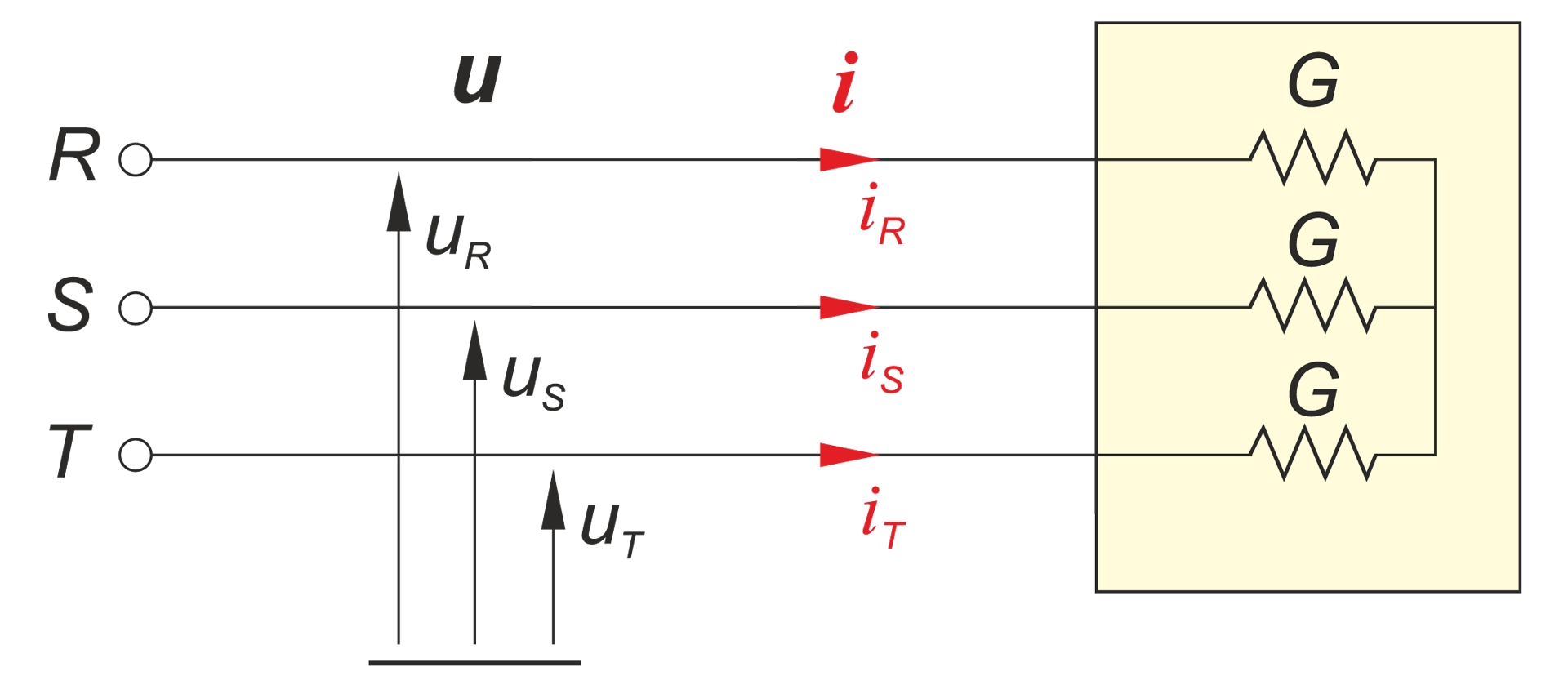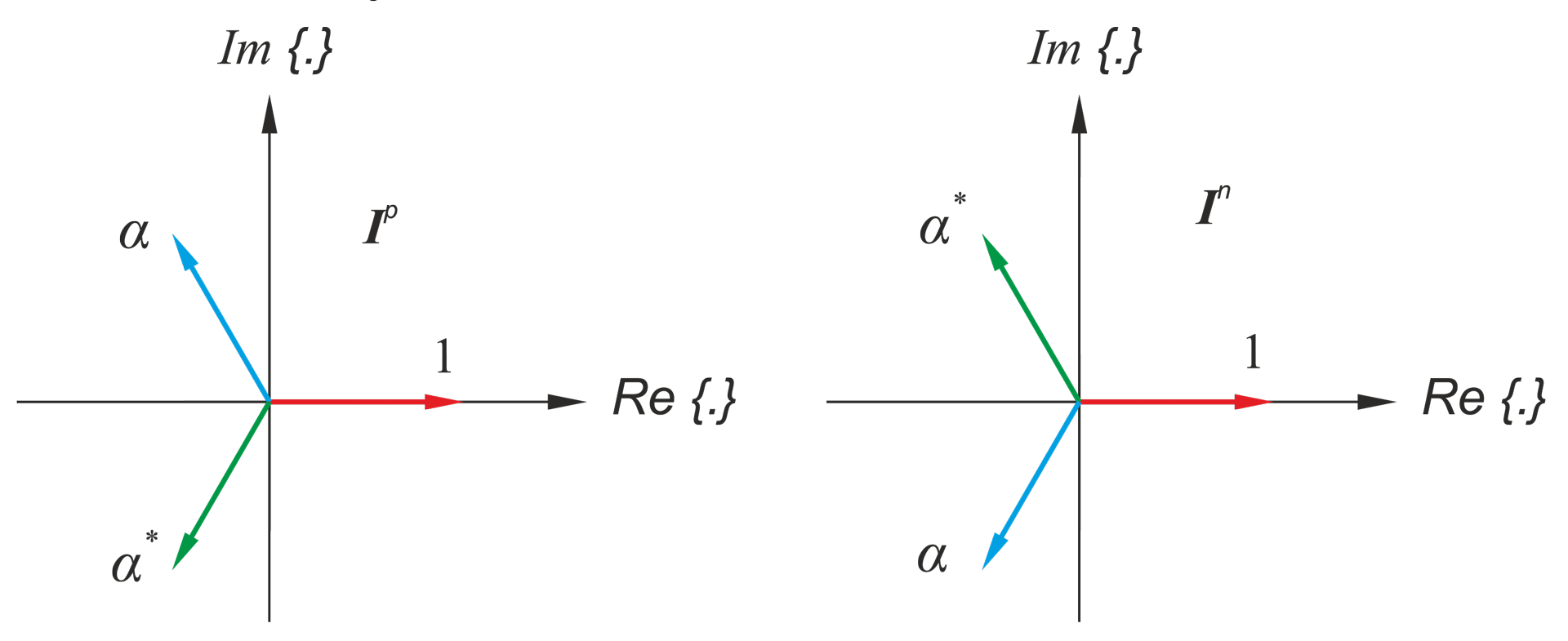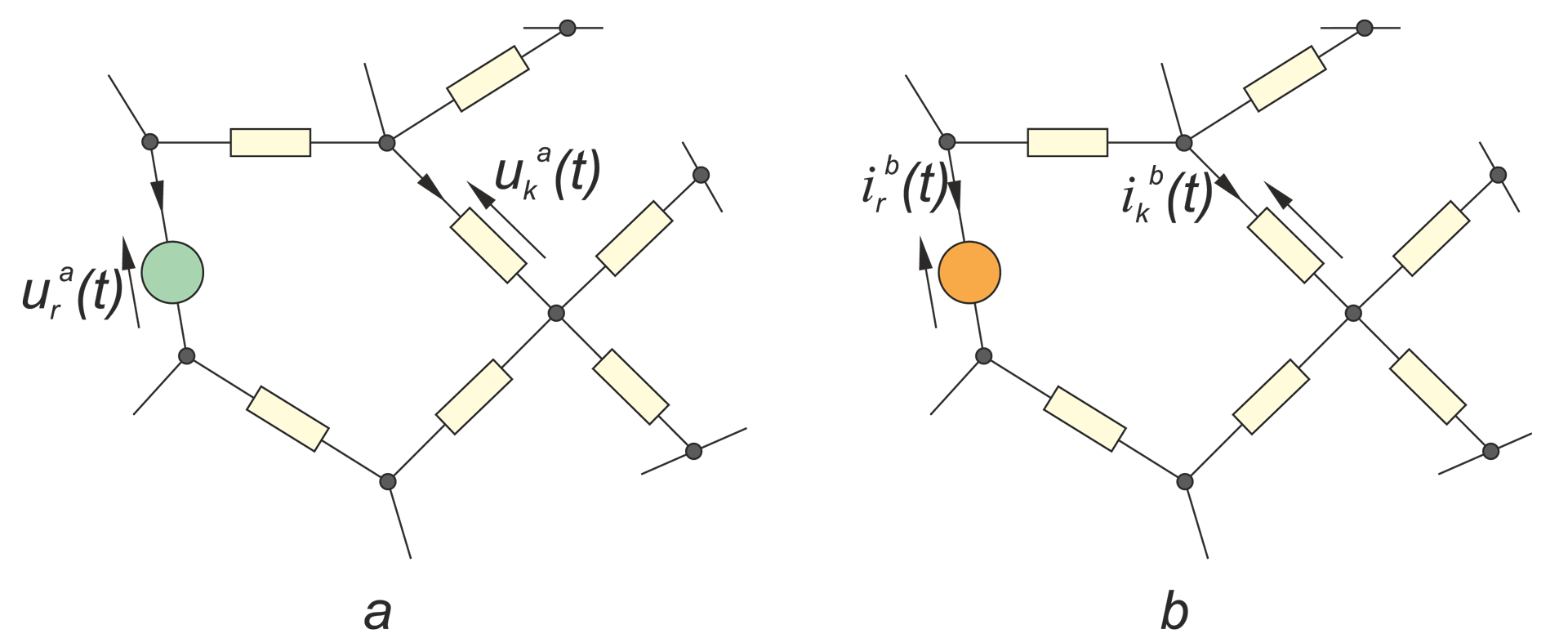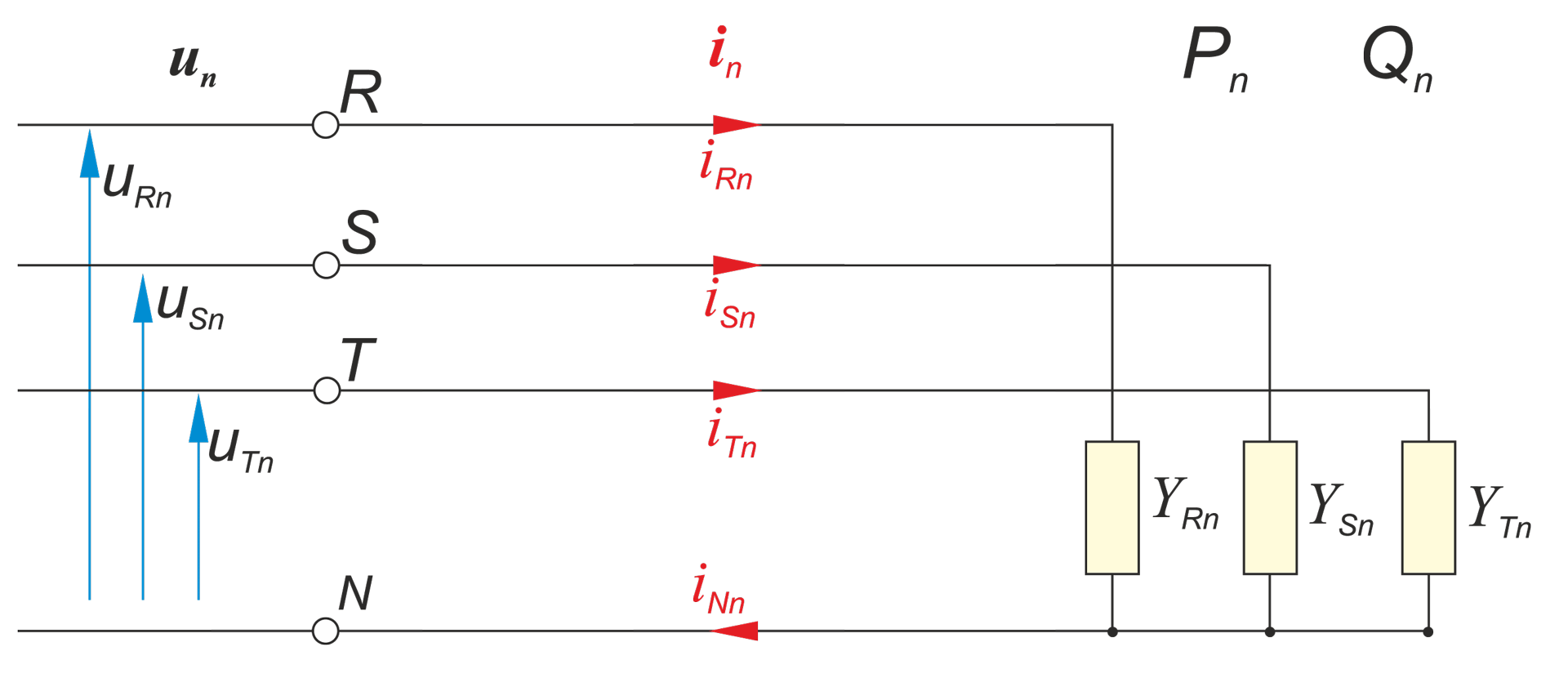E-pismo dla elektryków i elektroników
AUTOMATYKA, ELEKTRYKA, ZAKŁÓCENIA
vol. 10, Nr 2 (36) 2019
Physical Fundamentals of the Power Theory of Electrical Systems
Fizyczne podstawy teorii mocy obwodów elektrycznych
prof. dr hab. inż. Leszek S. CZARNECKI
Abstract
Delivery of the electric energy from its producers to customers is described in terms of powers, defned in a frame of power theories of electrical systems. Currently there are several of such theories, however. All of them are mathematically correct but differ as to the interpretation of the physical phenomena which accompany the energy transfer and affect its effectiveness. These phenomena are discussed in this paper. Explanation and credible interpretation of the physical phenomena that accompany the energy transfer is crucially important for the right defnition of the electrical powers and methods of compensation.
Streszczenie
Dostawa enegii od jej producentów do odbiorców jest opisywana za pomocą różnych mocy elektrycz-nych, defniowanych w ramach teorii mocy obwodów elektrycznych. Niestety, istnieje obecnie kilka takich teorii. Wszystkie one są matematycznie poprawne, mogą się jednak zasadniczo różnić co do interpretacji zjawisk towarzyszących przesyłowi energii oraz ich wpływowi na skuteczność tego przesyłu. Zjawiska te i ich interpretacje są właśnie przedmiotem tego artykułu. Wyjaśnienie i poprawna interpretacja zjawisk fzycznych
związanych z przesyłem energii elektrycznej jest krytycznie ważna dla poprawnego defniowania mocy elektrycznych i metod kompensacji.
Keywords
power theory, cpc
Słowa kluczowe
teoria mocy, składowe fzyczne prądu
Rys. / Fig.
Bibliografia / Bilbiography
[1] Ch.P. Steinmetz, “Does phase displacement occur in the current of electric arcs?” (In German), ETZ, 587, 1892.
[2] A.I.E.E. Committee: “Apparent power in three-phase systems”, Trans. of A.I.E.E., Vol. 39, pp. 1450-1455, 1920.
[3] C.I. Budeanu, “Puissances reactives et fctives,” Institut Romain de l'Energie, Bucharest, 1927.
[4] S. Fryze, “Active, reactive and apparent power in circuits with nonsinusoidal voltages and currents,” Przegląd Elektrotechniczny, z. 7, pp. 193-203, z. 8, pp. 225-234, 1931.
[5] W. Shepherd, P. Zakikhani, “Suggested defnition of reactive power for nonsinusoidal systems,” Proc. IEE, vol. 119, no. 9, pp. 1361-1362, 1972.
[6] N.L. Kusters, W.J.M. Moore, “On the defnition of reactive power under nonsinusoidal conditions,” IEEE Trans. Pow. Appl. Syst., vol. PAS-99, No.3, pp. 1845-1854, 1980.
[7] L.S. Czarnecki, "Składowe ortogonalne prądu odbiorników liniowych” Zeszyty Naukowe Polit. Śląskiej ELEKTRYKA, No. 86, pp. 5-17, Gliwice, 1983.
[8] L.S. Czarnecki, "Additional discussion to "Reactive power under nonsinusoidal conditions," IEEE Trans. on Power and Systems, Vol. PAS-102, No. 4, pp. 1023-1024, 1983.
[9] H. Akagi, Y. Kanazawa, A. Nabae, “Instantaneous reactive power compensators comprising switching devices without Energy Storage Components,” IEEE Trans. Ind. Appl, Vol. IA-20, No. 3, pp. 625-630, 1984.
[10]L.S. Czarnecki, “Considerations on the reactive power in nonsinusoidal situations,” IEEE Trans. on Instr. and Measurements, Vol. IM-34, No. 3, pp. 399-404, 1984.
[11]L.S. Czarnecki, T. Swietlicki, “Powers in nonsinusoidal net-works, their analysis, interpretation, and measure-ment,” IEEE Trans. Instr. Measur., vol. IM-39, no. 2, 340-344, 1990.
[12]M. Depenbrock, “The FDB-method, a generalized applicable tool for analyzing power relations,” IEEE Trans. on Power Del., Vol. 8, No. 2, pp. 381-387, 1993.
[13]L.S. Czarnecki, “Budeanu and Fryze: two frameworks for interpreting power properties of circuits with nonsinusoidal voltages and currents,” Archiv fur Elektrotechnik, 81, No. 2, pp. 5-15, 1997.
[14]The New IEEE Standard Dictionary of Electrical and Electronics Terms, IEEE Inc., New York, 1997.
[15]P. Tenti, P. Mattavelli, “A time-domain approach to power terms defnitions under non-sinusoidal conditions,” 6th Int. Workshop on Power Defnitions and Measurement under Non-Sinusoidal Conditions, Milan, Italy, 2003.
[16]L.S. Czarnecki, “On some misinterpretations of the Instantaneous Reactive Power p-q Theory,” IEEE Trans. on Power Electronics, Vol. 19, No. 3, pp. 828-836, 2004.
[17]L.S. Czarnecki, “Effect of supply voltage harmonics on IRP-based switching compensator control,” IEEE Trans. on Power Electronics, Vol. 24, No. 2, pp. 483-488, 2009.
[18]L.S. Czarnecki, “Effect of supply voltage asymmetry on IRP p-q - based switching compensator control,“ IET Proc. on Power Electronics, Vol. 3, No. 1, pp. 11-17, 2010.
[19]L.S. Czarnecki, “CPC – based reactive balancing of linear loads in four-wire supply systems with nonsinusoidal voltage”, Przegląd Elektotechniczny, ISSN 0033-2097, R. 95, Nr. 95, pp. 1-8, 2019.


